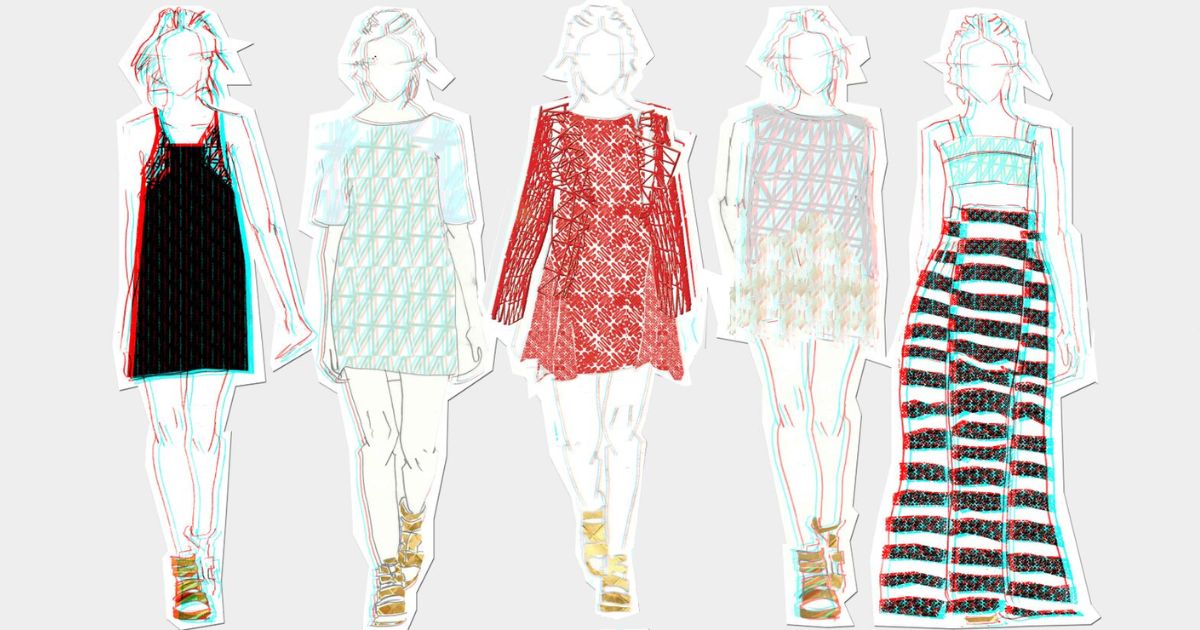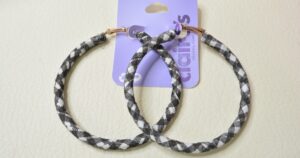In the vast realm of artistic expression, the world of prints stands as a vibrant tapestry of creativity and technique. Like brushstrokes on a canvas, each print encapsulates a unique vision, inviting the viewer on a journey through various forms and methods. From the intricate lines of woodcuts to the delicate etchings, the boldness of linocuts to the precision of lithography, and the diverse array of screen printing, C-type printing, and Giclée printing, this article offers a scholarly exploration into the captivating realm of printmaking.
Key Takeaways
- Woodcuts and etching are traditional printmaking techniques that have been used for centuries.
- Relief printing techniques such as linocuts are popular among printmakers due to their simplicity and minimal equipment requirements.
- Planographic printing techniques like lithography allow for accurate reproductions with a wide tonal range and multiple proofs.
- Screen printing is a versatile method suitable for various materials and designs, and can be used for both small-scale and large-scale production.
12 Types of Art Prints
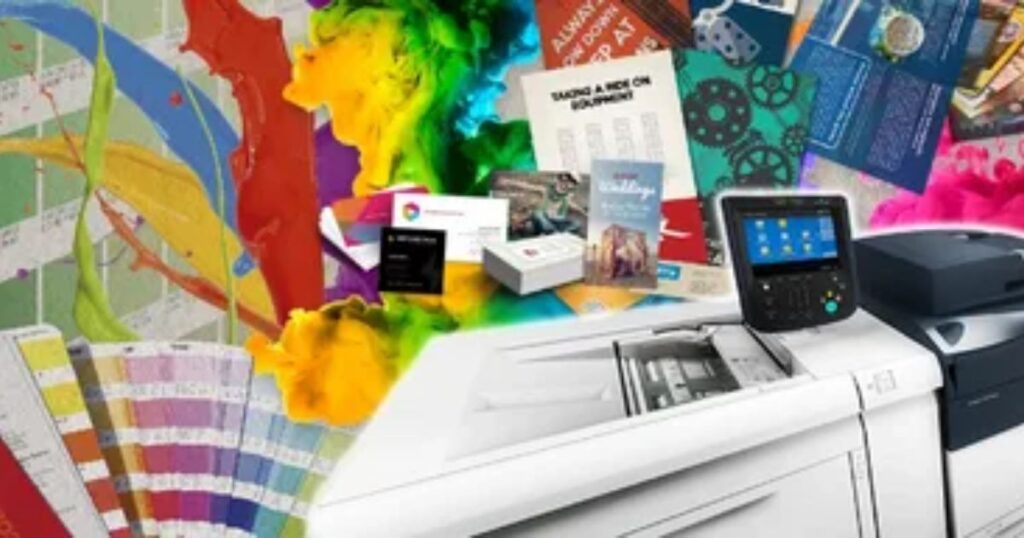
In the realm of artistic creations, various types of art prints, ranging from lithographs to serigraphs, offer individuals the opportunity to enjoy and appreciate the beauty of visual art in a more accessible and affordable manner. Art prints are created through the process of printing, where an image is transferred onto a surface, typically paper, using different printing techniques. These techniques produce unique patterns and textures, making each art print a distinctive piece of art.
Woodcuts
Woodcuts, also known as xylography, are a traditional form of printmaking that dates back to ancient times. These prints are created by carving a mirror image onto a flat surface of a block of wood. The carved surface is then inked, and a piece of paper is pressed onto it to create a reproduction of the image. Woodcuts are one of the oldest and most widely used types of printing techniques. Now, let’s move on to the next printmaking technique, etching.
Etching
Etching is a printmaking technique that involves the use of acid to create intricate designs on a metal plate. It is one of the intaglio techniques, a method of printing where ink is applied to the recessed areas of the plate. This technique allows for a wide range of textures and tonal variations, making it ideal for creating detailed and high-quality prints. The etched plate is then inked and pressed onto a sheet of paper, transferring the design. In the subsequent section, we will explore another printmaking process called linocuts.
Linocuts
A popular choice among printmakers, linocuts offer a versatile and accessible method for creating unique and bold prints.
- Linocuts are a type of relief printing, similar to woodblock printing.
- The printmaking process involves carving a design into a piece of linoleum.
- The linoleum is then inked and pressed onto paper or fabric.
- Linocuts can be made in a print studio or at home with minimal equipment.
- This technique of relief printing can be traced back to the use of metal movable type and cast metal sorts.
Lithography
Lithography, a method of printmaking that utilizes the immiscibility of oil and water, allows artists to create intricate and detailed prints. It involves transferring an image from a metal or stone printing plate onto a piece of paper using oil-based ink. Lithography is known for its ability to produce accurate reproductions with a wide tonal range. Through a chemical process, artists can create multiple proofs before finalizing their print. In the next section, we will explore another popular printmaking method: screen printing.
Screen Printing
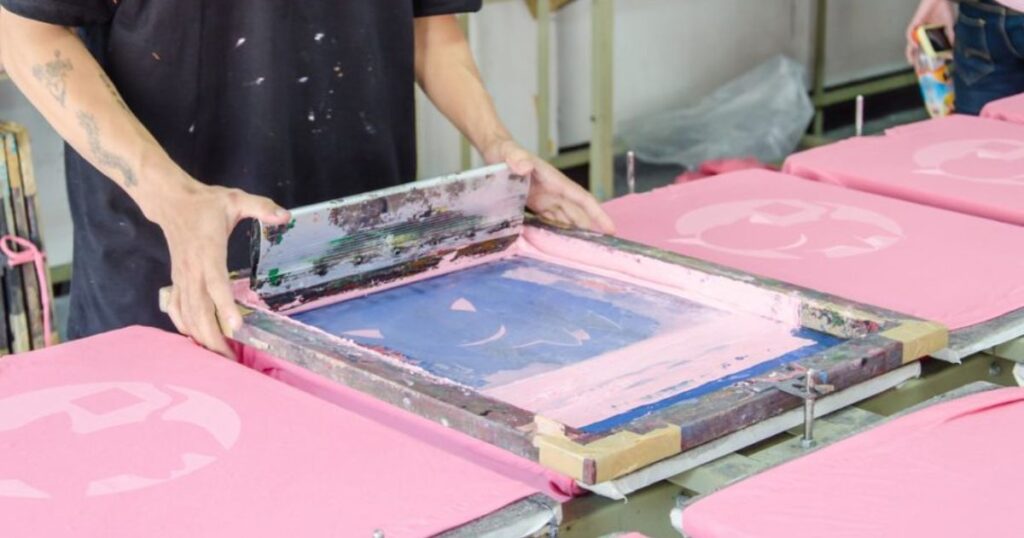
The screen printing process, also known as serigraphy, is a versatile and widely used method of printmaking. It involves transferring ink through a mesh screen onto a surface, creating a desired image. Some key features of screen printing include:
- Ability to print on various materials, such as fabric, paper, and metal.
- Popular method for creating vibrant and bold designs, including stripes and patterns.
- Suitable for both small-scale and large-scale production.
- Can be used for printing on three-dimensional objects.
- Historically used for printing on wood, but now commonly used with digital printing and offset printing methods.
This method sets the stage for the subsequent section on c-type printing, which explores another type of printmaking technique.
C-type Printing
One popular method of printmaking is c-type printing, which combines the use of light-sensitive chemicals and photographic paper to produce high-quality prints. Unlike gravure printing or letterpress printing, c-type printing offers more versatility in terms of the types of art prints that can be produced. This method is particularly suited for creating photographic prints, allowing for detailed reproduction of images with excellent color accuracy. C-type printing is widely used in various industries, from advertising to fine art, although printing costs can be higher compared to newspaper prints. The process involves exposing the photographic paper to a chemical solution, resulting in prints that showcase vibrant colors and sharp details. The technique can be used to create prints with various patterns, including floral patterns and geometric patterns.
Giclée Printing
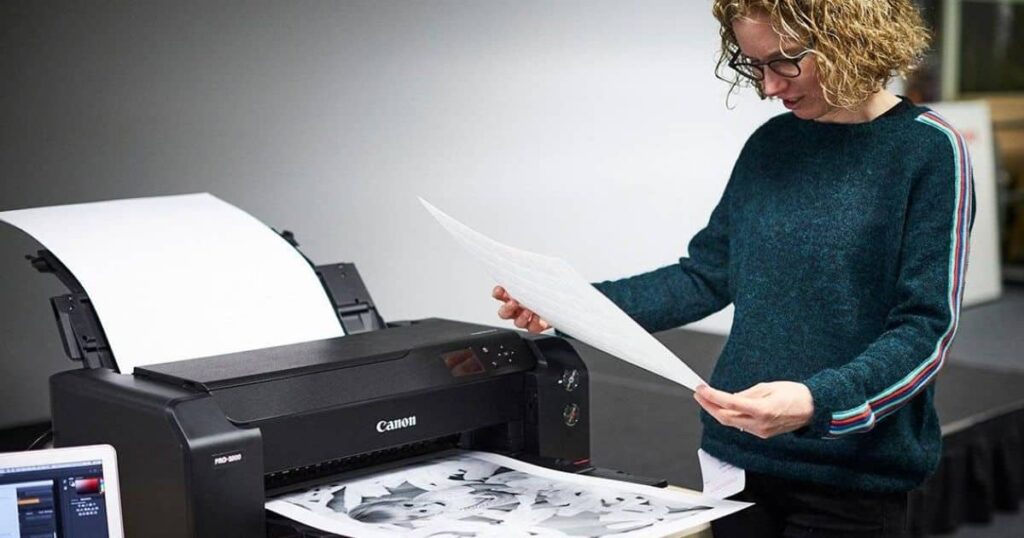
Giclée printing, known for its ability to reproduce fine art prints with exceptional detail and color accuracy, has become a popular choice among artists and photographers. This digital printing technique uses a high-quality digital printer to create prints of various sizes and substrates. The process involves the careful application of color onto the chosen material, often using archival pigment inks. The prints are then dried using heat, ensuring accurate color reproduction and longevity.
Frequently Asked Questions
Are There Any Other Types of Prints Besides the 12 Mentioned in the Article?
Yes, there are other types of prints besides the 12 mentioned in the article. These additional prints may include lithographs, etchings, woodcuts, serigraphs, and digital prints, among others.
What Are the Advantages and Disadvantages of Each Type of Print?
The advantages and disadvantages of each type of print vary depending on factors such as resolution, durability, and cost. For example, thermographic prints offer high resolution but are prone to fading over time.
How Can I Determine the Authenticity and Value of a Print?
To determine the authenticity and value of a print, one must consider various factors such as the artist’s reputation, provenance, condition, edition size, and the presence of any signatures or certifications. Expert appraisal and research are crucial in evaluating the print’s worth.
Are There Any Famous Artists Known for Using a Specific Type of Print?
There are many famous artists known for their preference of a specific type of print. This preference often reflects their artistic style and vision, adding a distinctive touch to their works.
Can Prints Be Considered Original Artworks or Are They Considered Reproductions?
Prints can be considered original artworks or reproductions, depending on the context. In some cases, prints are created directly by the artist and are considered originals. However, prints can also be reproductions of an original artwork, made using various techniques.
Conclusion
In conclusion, the world of art prints is a diverse and captivating realm, offering a multitude of techniques to express creativity. From the intricate lines of woodcuts to the delicate etchings, each printing method brings its own unique charm and character to the artwork. Like a symphony of colors and textures, these prints dance on the canvas, inviting viewers to delve into their intricate stories and appreciate the mastery of the artists behind them.
